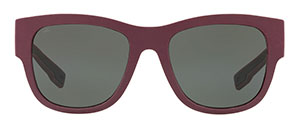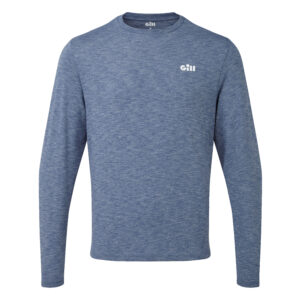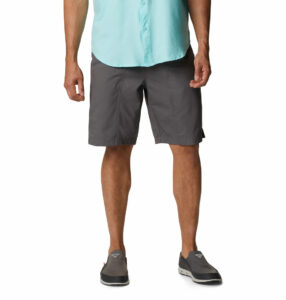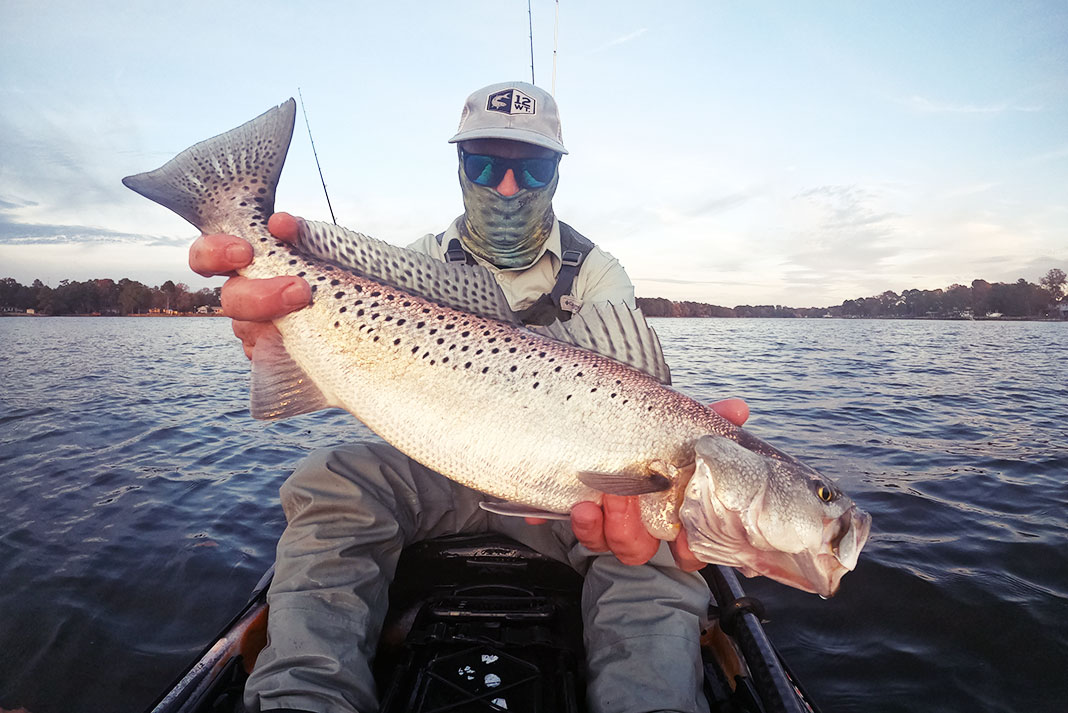Products You May Like
Walking through the lobby of the massive Orange County Convention Center for the opening day of ICAST 2015, the industry’s premier trade show, the first thing I noticed was a life-size 1,000-pound blue marlin. Moving closer, I saw the enormous structure was made of hundreds of plastic bottles, flip-flops and drink straws. I was looking at a giant fish made out of garbage.
Sunglasses manufacturer Costa del Mar commissioned the work of found art to draw attention to the plight of plastic pollution in the ocean. Plastic’s impact on wild places is evident to anyone who visits, but the giant garbage fish coincided with the first time I noticed a trend in manufacturers using recycled materials for performance gear.
Upcycle Your Look with Eco-Friendly Fishing Apparel

Costa and other high-end gear manufacturers have turned their attention to reducing plastic waste while increasing the quality of performance clothes. Jessica Bryant, senior brand marketing manager at Costa del Mar, says, “Since 2016, Costa hasn’t used any traditional plastic in our frames—everything has been a Bio-Resin.”
This year, Costa’s Untangled collection uses plastic rendered from commercial fishing nets. In addition, the lenses are recyclable and the hinges and metal accents are recycled aluminum.
“We have a minimum threshold for durability that is our team’s golden checkbox when identifying new opportunities, even ones made from recycled materials,” Bryant says.
Discarded fishing nets are the most harmful form of plastic pollution. With more than 640,000 pounds of trashed fishing gear dumped into the water every year, using recycled plastic that prevents pollution from entering the ocean and performs well enough for professional anglers is a win-win.
Bryant points out responsible manufacturing considers waste at all stages of production and use. “The reality is there is much waste in manufacturing and sourcing,” she says. This is compounded by products eventually being dicarded by the consumer. Bryant says, “The most sustainable thing any brand can make—and any consumer can demand—is a product that lasts and can be repaired.”
Performance and comfort from ocean-sourced plastic

Old plastic isn’t just recycled into new plastic. Bottles, fishing gear and drinking straws are turned into performance clothing with the same qualities as the best original materials.
As a company born on the water, Gill Marine is committed to using recycled materials sourced from the ocean. In fact, for 2022 and beyond, it is using materials from ocean-sourced plastic bottles. This means the bottle comes out of the ocean and goes into a shirt or jacket.
Christopher Hong, account manager at Gill, explains, “We’ve been using recycled fabrics and components for five years and it has really grown.” He points out the company started with two styles of eco-friendly apparel and now 90 percent of their jackets feature recycled materials.
Hong says recycled materials no longer require compromising on quality or technical performance. “We ensure the material comes from one source so we can guarantee fabric performance, appearance and color standard.” In fact, Hong says recycled fabrics often have a softer feel than other performance materials.
Reducing packaging and making tags and inserts out of recycled paper adds to the effect. “The choice and availability improves and we’re looking at fabrics that use less water, require less energy and produce less CO2,” he adds.
But the end goal remains, performance gear has to perform, no matter the origin of the material. Recently I received a box of PFG fishing shirts from the folks at Columbia. I opened the box, took out a shirt and wore it all day before I realized it was made of recycled material.

The shirt is part of Columbia’s 2022 line focused on environmentally sustainable materials. Brand Manager Conner Allison says, “Each season we add more and more products using recycled material.” The billion-dollar company produces thousands of shirts, jackets, pants and hats, so every effort to reduce and reuse pays off big. “The motivation stems from doing the right thing,” Allison continues.
Columbia’s environmental commitment also comes from their customers. Allison says, “Consumers, especially anglers, are asking for recycled materials and environmentally responsible processes.” For this reason, Allison says more of their fishing-focused PFG collection will go recycled. “In addition to highlighting recycled material in our shirts and other products, there is a lot going on behind the scenes.”
Eco-friendly apparel gets warm reception
One of the oldest companies in performance fishing gear, AFTCO is getting in on the latest trend. Seth Meyer and the AFTCO product development team relate, “We dipped our toes in recycled clothing with two products.” The reception was so positive, AFTCO says the company is moving to produce 30 percent of their sportswear styles with recycled materials by 2022 with a commitment to increase this by 2025.
These words come at a price. Meyer admits cost has been the biggest obstacle. “We are absorbing the extra cost.” But, he expects the price of recycled materials to lower as they become more available.
The AFTCO team insists recycled materials and virgin materials no longer differ in performance or durability. “It is a misnomer recycled materials are of less quality,” he says. AFTCO uses Econyl, which can be recycled infinite times. “It’s a bonus the recycled material is made of discarded ocean pollution.”
Buying a garment built to last and designed to withstand the elements will also reduce its environmental footprint. Keeping the product out of the landfill is the best way to reduce waste. With the latest generation of recycled materials in the best performance clothing, anglers have one more way to help save the waters we love.
This fish was released. The sunglasses and shirt were recycled. | Feature photo: Ric Burnley

